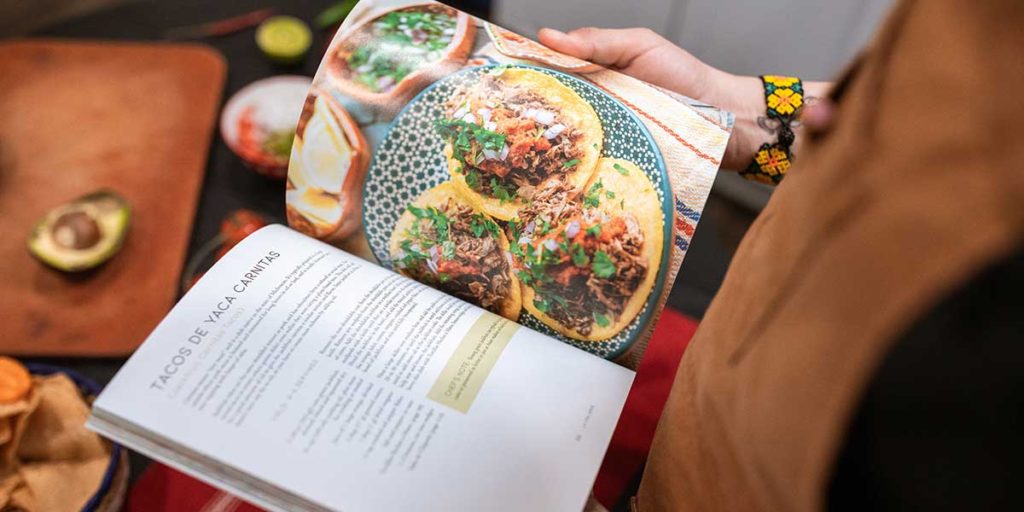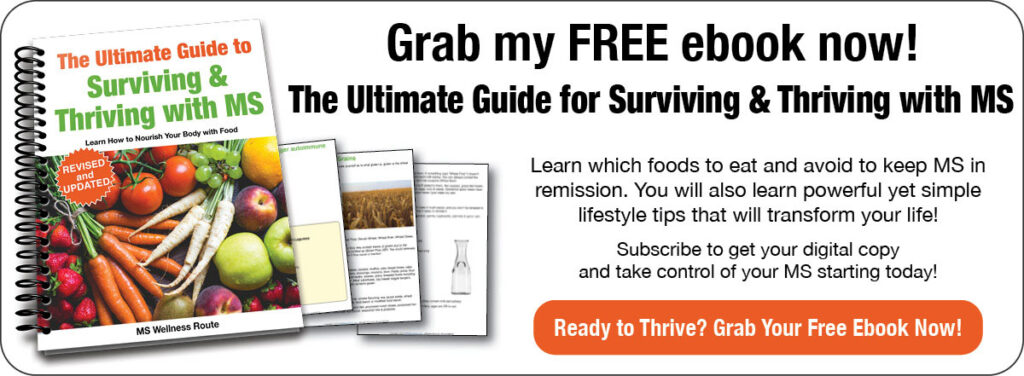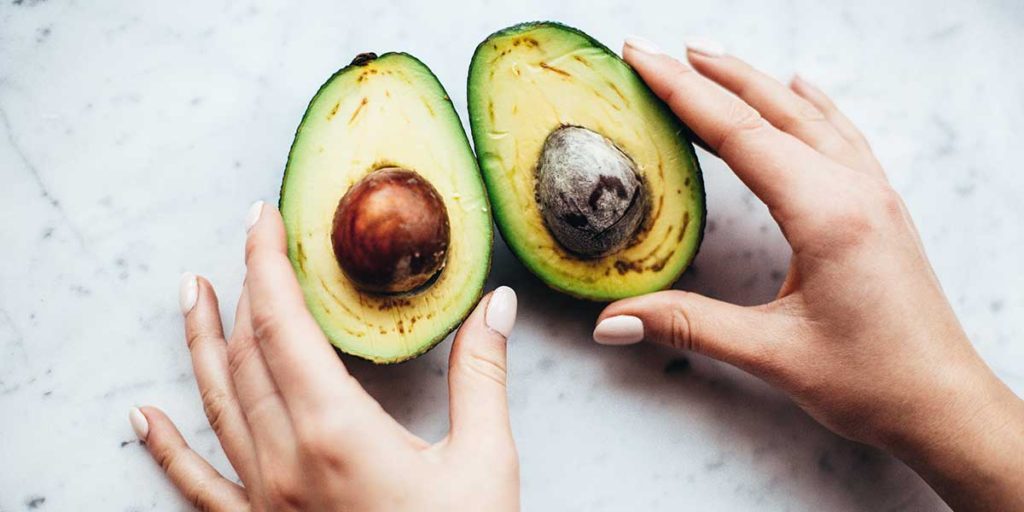Last Updated on March 27, 2024 by Cathy

Multiple sclerosis (MS) is a chronic inflammatory disease affecting the central nervous system. There is no cure for MS and current medications are not able to stop the destruction of nerve tissue. If they work, they only slow the disease’s progress down. Plus, they come with nasty side effects such as heart and liver damage, PML (a brain disease), and death.
Studies linked chronic inflammation to many health issues including:
- Allergies and asthma
- Alzheimer’s
- Autoimmune diseases such as MS
- Cancer
- Cardiovascular disease
- Chronic obstructive pulmonary disease (COPD)
- Depression
- Inflammatory bowel diseases such as Crohn’s disease and Ulcerative colitis
- Obesity
- Type 2 diabetes
- Skin issues include acne, eczema, rash, etc.
Fortunately, you can manage MS by lowering your inflammation through diet and lifestyle. Eating an anti-inflammatory diet helps by lowering inflammation and improving symptoms.
How to Start an Anti-inflammatory Diet

First, you need to understand which foods increase inflammation to avoid them. They include processed foods, refined carbohydrates/sugar, fast foods, and most packaged meals. It also includes cooking methods that can increase inflammation.
Unfortunately, the standard American diet is mostly made from foods that increase inflammation. This is going to be a huge change and it can feel overwhelming at times on what you can eat.
But, don’t get discouraged.
You don’t need to change overnight. Taking it one step at a time will be much easier and less stressful – stress is the last thing you need.
Although it’s called a “diet” it is more of a lifestyle change. It is how you consciously make healthier choices food choices.
First, Stop Eating Foods That Feed Diseases Including:
- Dairy
- Gluten
- Refined sugar
- Artificial flavors and sweeteners
- Natural flavors
- Corn (it’s mostly a GMO)
- Soy (it’s mostly a GMO)
- MSG
- Canola oil (it’s mostly a GMO)
- Pork (it’s high in fat and prone to parasites)
- Farmed fish (it’s washed in toxic chemicals due to parasites)
- Processed citric acid (it’s mostly derived from corn)
Foods to include:
- Fruits
- Vegetables
- Herbs and spices
- Healthy oils
- Nuts and seeds
- Wild-caught fish
- Pasture-raised poultry
- Grass-fed and finished meat

Tips for an Anti-inflammatory Diet
Eat foods high in fiber and omega-3 fatty acids such as flaxseeds, salmon, and walnuts. To keep your blood sugar from spiking eat a moderate amount of natural sugars. Such as fruit, maple syrup, and raw honey.
It also depends on how you cook food. You want to avoid frying foods in oils that are high in omega-6 fatty acids. You also need to avoid cooking at high temperatures. Such as charring, grilling, overcooking, or searing. This can increase inflammation and histamines which can cause problems for some people.
Instead, cook, stir-fry, or sauté meats and vegetables in bone broth or water instead of oil. If you do use oil, keep the heat turned down to prevent smoking. Yes, it will take a little longer to cook but it won’t increase your inflammation.
Prepare your meals at home rather than buying processed or pre-made meals. Marinating meats in olive oil and adding herbs and spices adds a delicious flavor.
Eat Lots of Vegetables
When filling your plate it should have mostly vegetables. Vegetables are full of vitamins, minerals, fiber, and phytonutrients also called phytochemicals.
Phytonutrients are chemical compounds found in plants. They give the plants their deep color, flavor, and odor. You can also find them in coffee, nuts, olive oil, seeds, and tea. They are powerful antioxidants.
An easy way to fill your plate is to picture your plate in quarters. Half your plate has non-starchy vegetables. One quarter is with starchy vegetables and the other quarter is protein. Nonstartchy vegetables have less sugar. Starchy vegetables are higher in carbohydrates and can cause you to gain more weight.
Infections such as bacterial, mycotoxins, SIBO, and yeast overgrowth feed on sugar
Starchy vegetables include:
- Beets
- Carrots
- Green peas
- Parsnips
- Pumpkin
- Sweet potatoes
- Turnips
- Winter squash
- Yams
Dr. Terry Wahls, the author of The Wahls Protocol, recommends nine cups of vegetables each day. That is a lot to start off with instead aim for 5 cups and work your way up. Once you get used to adding vegetables to everything you will see how easy it will be.
Dr. Terry Wahls recommends eating three cups a day from each group:
- Leafy greens
- Cruciferous (sulfur) such as asparagus, broccoli, cabbage, garlic, etc.
- Colorful, all the way through
Heal Your Myelin with Healthy Fats

Include healthy fats each day such as avocados, fatty fish, olive oil, nuts, and seeds. Balancing your omega-6 and omega-3 fats is especially important for people with MS. They are the building blocks of brain and nerve tissue.
The ratio of both fats should be 1:1 omega-6 to omega-3. Unfortunately, in a typical Western diet, people eat an unbalanced level of almost 17:1. Omega-3s lower inflammation.
Avoid these oils:
- Canola
- Corn
- Peanut
- Soybean
Researchers discovered people with MS have more bad gut bacteria than healthy people. Avoid foods that cause a bad reaction in your body. This means you have a food intolerance/sensitivity. Reactions may include bloating, acne, brain fog, constipation, diarrhea, fatigue, heartburn, and rash.
To find foods you may have a sensitivity to try an elimination diet. This is where you remove certain foods for one month, and then reintroduce them one at a time. If your body reacts you need to remove it from your diet. If your body does not react you can continue to eat it.
Anti-inflammatory Meal Makeovers
To help you out here is a sample of a typical Western diet for one day and how to switch it to an anti-inflammatory diet. This is only a sample, if you are sensitive to any of these foods do not eat them.
Breakfast – Western Diet
- Fried eggs (fried in margarine)
- Bacon
- Toast with margarine
- Coffee
Breakfast – Anti-inflammatory Diet
- A large smoothie with an apple, banana, spirulina, and wild blueberries
Lunch – Western Diet
- Deli sandwich with mayonnaise on white bread
- Chips
- Soda
Lunch – Anti-inflammatory Diet
- Zucchini noodles topped with your favorite veggies
- Salad with leafy greens, mixed greens, chopped green apple, and herbs, drizzled with lemon juice
- Herbal tea
Dinner – Western Diet
- Chicken and rice cooked with canned soup
- Salad, small
- Soda
Dinner – Anti-inflammatory Diet
- Roasted broccoli florets mixed with herbs and maple syrup
- Salad, with lots of veggies, sprouts, a chopped apple, and lemon or orange juice as a dressing
- Herbal tea
Menu Planning for an Anti-inflammatory Diet
When you are first starting out, keep it simple. Look for recipes that have few ingredients. A simple trick is to always make a double batch. Then you can freeze the other half on days you don’t feel like cooking or have it for lunch the next day.
Experiment and have fun!

Free Wellness Library!
Subscribe for free and I’ll send you the password to my secret library filled with many printables for your wellness journey.
Want to remember this health tip? Pin it to your Pinterest board!

Photo by Daria Shevtsova, Georgia Maciel, and RODNAE Productions from Pexels
Menu Planning for an Anti-inflammatory Diet





